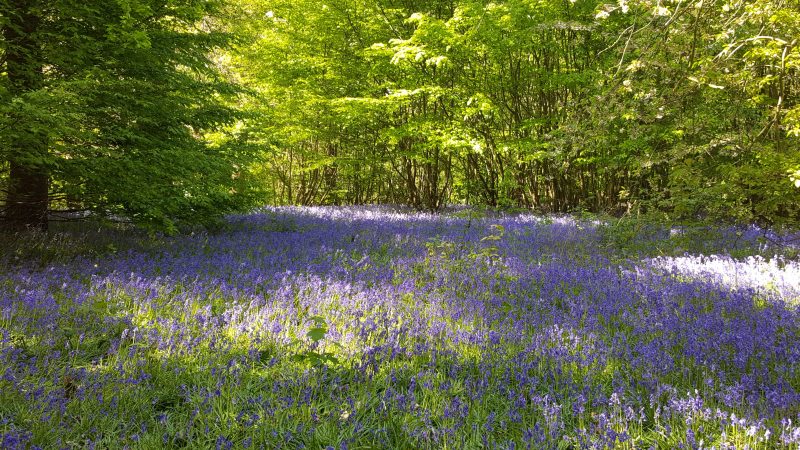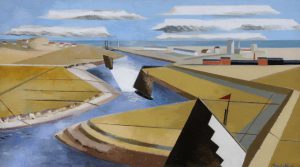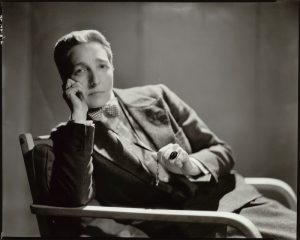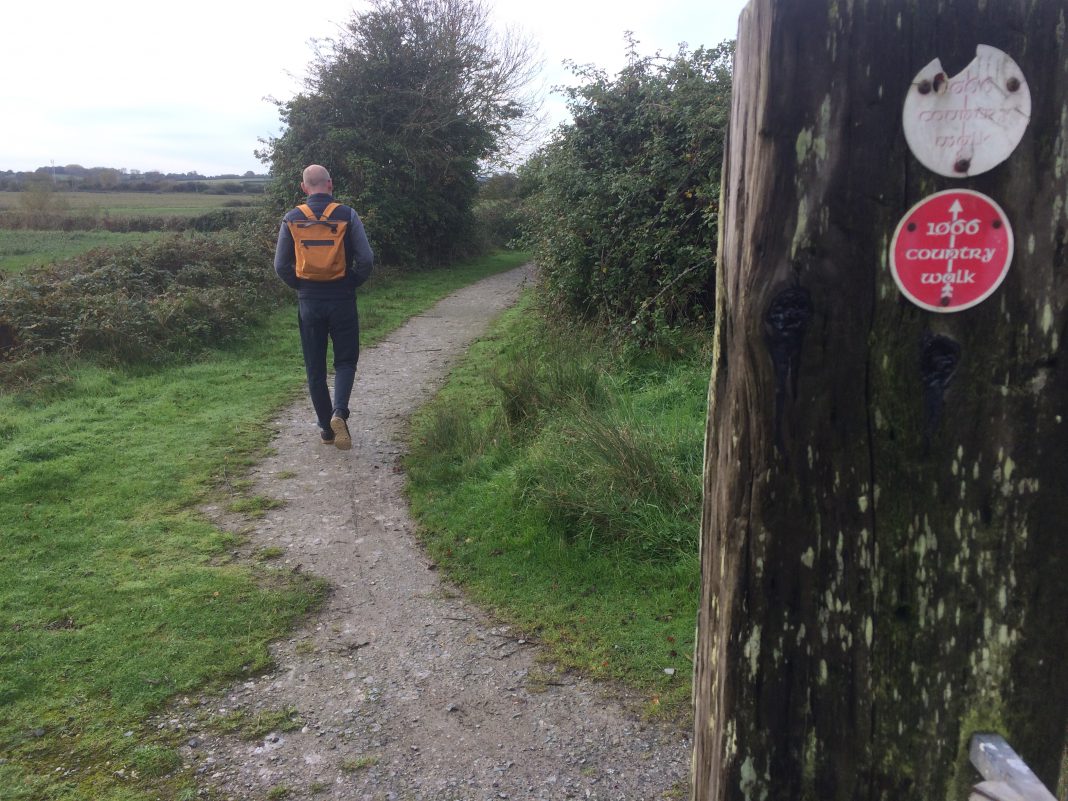Walking is one of the few freedoms we have been able to enjoy since the lockdown began in March – walking in city parks, on suburban pavements and country paths, often having to weave around each other in a strange Covid-19 ‘dance’, trying to remain two metres apart.
It seems likely that walking’s popularity as a coronavirus activity is set to continue with the news that unlimited exercise and trips to beauty spots have been given the green light by the government.
Many have found that walking has helped alleviate the stress of these strange and worrying times, but the connection between exercise, nature, and mental well-being was topical long before the current pandemic.
Sometimes described as ‘nature’s cure’ or ecotherapy, it has long been recommended by organisations such as the mental health charity Mind and the Ramblers Association. Even though it’s still not precisely clear how it works, the NHS has also been experimenting with ‘prescribing nature’ to help patients with mental health difficulties.
And this ecotherapy trend has resulted in a whole new genre of non-fiction: ‘nature-cure writing’. The Natural Health Service: What the Great Outdoors Can Do For Your Mind, Isabel Hardman’s memorably-titled book chronicling her struggle with depression and anxiety, is just one of many recent publications examining the therapeutic effect of nature on mental illness. Wild swimming, bird therapy and forest therapy have been suggested as a salve for everything from depression and bereavement to addiction.

It might be topical, but the idea that getting out into nature is good for our minds as well as bodies is obviously not a new one. The connection between walking and thinking has interested writers for centuries. Way back in the 4th century, St Augustine is attributed as having said, ‘Solvitur ambulando’: ‘It is solved by walking’.
Nearly sixteen centuries later, the writer Rousseau echoed St Augustine when he wrote: ‘I can only meditate when I am walking. When I stop, I cease to think; my mind only works with my legs’.
Closer to home, Ryers are particularly lucky to have beautiful country walks on their door step, if in need of a dose of ‘green serotonin’, as noted in recent Rye News articles.

Writer Radclyffe Hall, for example, used her long walks on Rye Marshes to escape from the stress when The Well of Loneliness, her ground-breaking novel about lesbian love, was prosecuted for obscenity in 1928. Paul Nash, artist and fellow Rye resident, also found comfort in the local countryside following his experiences in the trenches of the first world war.
Nash suffered a breakdown on his return from the front, lost consciousness for a week and was treated in the London school for nervous diseases. There, he was diagnosed with ‘war strain’ – what would now be described as post traumatic stress disorder or PTSD. He came to Kent and Sussex to recuperate, finding solace as well as subject matter in the landscape around Rye and Romney Marsh.
Elsewhere in Sussex, writer Virginia Woolf walked on the South Downs near the village of Rodmell where she and husband, Leonard Woolf, had bought Monk’s House in 1919. Woolf developed a routine of writing in the morning and walking in the afternoon.
She would leave Monk’s House garden by a gate onto the downs where, as she wrote, ‘all of nature is to be had in five minutes’. Woolf would speak out loud to herself as she walked, ‘rewriting’ scenes from her novels and trying to clarify her ideas. ‘I walk, nosing along, making up phrases’, she said.
“Walk myself calm, walk myself serene”
But Woolf walked for her mental wellbeing too, having struggled from adolescence with bi-polar disorder. ‘I walk myself calm, walk myself serene’, she wrote. She would set off for long treks, walking-stick in hand, wearing a battered bowl-shaped hat and often accompanied by spaniels Sally or Pinker.
Sometimes she would set off with a destination in mind, such as Charleston Farmhouse, the home of her sister, the painter and designer Vanessa Bell. This six-mile trek took her over Firle Beacon, passing dew ponds and tumuli on the way. In her diaries she recorded her pleasure discovering new walks too and re-tracing old favourites, such as one to the mysterious-sounding ‘Rat Farm Valley’.
The poet Edward Thomas was also a great walker of ‘the south country’; his name for the downs. Commonly thought of as a war poet, Thomas has also been called a ‘rambler poet’ and was known as ‘Walking Tom’ to his friends. Such was his passion for walking, he had his jackets specially adapted with pockets large enough to hold maps and an apple.
“Throwing off his melancholy”
Thomas found that his walks eased his chronic depression. He sometimes covered more than twenty miles a day in his long, loping gait, or walked through the night if his depression was particularly severe. It was through walking that Thomas could ‘throw off his melancholy and be content’, wrote his wife Helen.
He often walked alone, but at other times with friends. His most famous companion was the American poet Robert Frost, who actually wrote his best-known poem, ‘The Path Not Taken’, for Thomas.

These local writers and artists, like Radclyffe Hall, were clearly looking for solace as well as inspiration as they walked the Kent and Sussex countryside. They instinctively understood the importance of getting out into nature to combat depression and, even if they did not know the names for endorphins or ecotherapy, they understood that a walk can lift the spirits as well as clarify thought.
It’s probably safe to say that few of us setting out on our daily walks under the current regulations are painters or writers of their calibre, but we follow in their footsteps when we take our daily dose of ‘green therapy’. This is one of the many ways the pandemic has shown us what humans have in common, rather than what sets us apart.
Image Credits: Kevin McCarthy , Heidi Foster , Rye Art Gallery .



